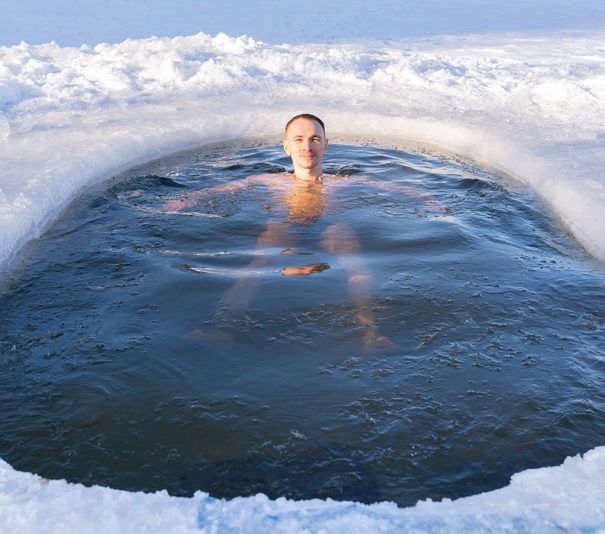Tips for Swimming Safely in Cold Water

What’s your ideal swimming temperature? Is it tropically warm? Or are you on the opposite end of the spectrum and love cold water swimming? Maybe you haven’t tried it yet and are curious about it. The experience can be quite shocking, but if you do it right, it is possible to do it safely.
Use the Right Equipment
To start with, you need to use the right equipment. What that means will depend at least in part on you. Most people find that a neoprene wetsuit, neoprene socks, gloves, and a cap or hood help them maintain their body temperature at safe levels until they adjust or warm up. Some will even double up on some items when starting out. Don’t forget your earplugs!
Take Your Time
Even if you’re an excellent swimmer, you’ll still need to give yourself plenty of time when it comes to getting used to swimming in cold water. Regulating your breathing is harder in cold water, so you’ll need to give yourself plenty of time to acclimate. It’s also easier to become disoriented, so you’ll need plenty of time to gather your wits and think clearly. Give yourself some time to adjust before submerging your head too. Whatever you do, just don’t stop moving or you’ll lose too much heat.
Be Prepared
No matter how many times you’ve gone swimming in cold water, you should always come up with a plan first. Get to know the place where you’re planning to swim before you get in. Take a look at the weather forecast before you go and track it as much as you can during your swim. Having a waterproof smartwatch can be extra helpful in this regard. Remember to have a buddy with you for every swim. Even if they aren’t actually swimming with you, having someone else there who can watch out for your safety can be a literal lifesaver.
One of the crucial things you’ll need after you’re done is a way to warm up. Your body doesn’t stop cooling down just because you’re out of the water, so you’ll need to take proactive measures to bring your body temperature up. Sugary foods, hand warmers, hot tea, and layers are clothing that you can change into will go a long way towards helping you warm up safely. Cover your head and shelter yourself to avoid drafts of wind. Just remember to wait until you aren’t numb at all before taking a nice, warm shower. Keep these tips in mind and you’ll find yourself tolerating cold water swims better and better in no time at all.
Why would anyone go swimming in cold water if they could enjoy nice warm water? Read this next to find out: The Benefits of Cold Water Swimming .
The post Tips for Swimming Safely in Cold Water appeared first on Swim Jim.







